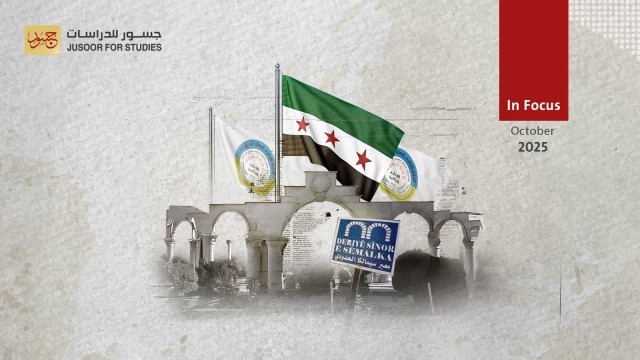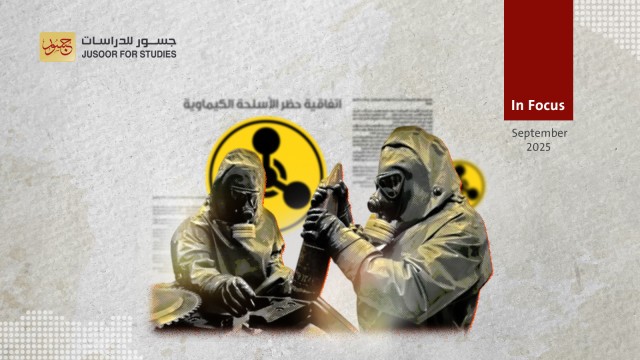6 Signs confirm Iran's repositioning in Syria
Font Size
6 Signs confirm Iran's repositioning in Syria
Since the beginning of 2022, Iran has begun to undertake a series of political, military, economic and security activities in coordination with the Syrian regime, which indicates its repositioning in Syria, especially as this coincides with the outbreak of the conflict in Ukraine and making progress in the nuclear negotiations.
• The unprecedented and announced visit of the Director of the National Security Office of the Syrian regime, Ali Mamlouk to Tehran on February 27, 2022, and his meeting with the Iranian President and the Secretary of Iran's Supreme National Security Council (SNSC), which indicates the urgent need to strengthen security coordination between the two parties and prepare for any possible impact of the conflict in Ukraine on Syrian.
• The emergency visit of the head of the Iraqi Popular Mobilization Authority - a militia affiliated with Iran - Faleh al-Fayyad to Damascus on March 2, 2022, and his meeting with the head of the Syrian regime, Bashar al-Assad, which appears to be related to Iran's need to raise the level of security coordination on both sides of the border between Iraq and Syria, with the aim of restricting the activities of the Kurdistan Workers Party (PKK), and putting pressures on the Syrian Democratic Forces (SDF), after closing the crossings that linked their areas of control to the Kurdistan region of Iraq.
• This might aim at increasing the rate of activity of the security cells of the Iranian militias within the SDF-controlled areas and stepping up the security threat they pose against the bases of the international coalition forces and the US troops in particular.
• The increase in the rate of activity of the security cells of the Iranian militias within the SDF-controlled areas and the high level of security threat they pose against the bases of the international coalition forces and the US troops in particular. This might indicate Iran's efforts to re-expand its presence east of the Euphrates; After it retreated in favor of Russia since the signing of Tai neighborhood agreement in April 2021.
• Expanding the transfer of weapons, reconnaissance systems, air defense and drones from Iraq to Syria and Lebanon during February 2022. It seems that Iran is taking advantage of the decline in coordination between Russia and Israel, which resorted to using ground missiles to bomb Syria instead of air strikes during the past month.
• Expanding the military and security activity of Iranian militias in Daraa and As-Suwayda in southern Syria, especially with regard to drug smuggling operations to Jordan, which necessitated King Abdullah II conducting a military simulation of the scenario of pursuing smuggling cells at the border strip.
• To intensify meetings between economic and trade delegations in an unprecedented manner since Iran’s intervention in Syria, including the affirmation of Ibrahim Raisi and Ali Shamkhani to Ali Mamlouk on the need to facilitate and expedite the implementation of the joint memoranda of understanding in the economic field. It is likely that Tehran is keen to ensure effective engagement in reconstruction projects in the energy, grain, and transportation sectors, especially if the early recovery phase begins.
In fact, the continuation of the conflict in Ukraine may lead to a decline in Russia’s interest in the Syrian issue. Iran will not miss this opportunity to consolidate and expand its influence in various sectors, taking advantage of the regime’s need for assistance and support, especially in the event of the signing of the nuclear agreement between Iran and the West and the consequent easing of economic restrictions on it.








